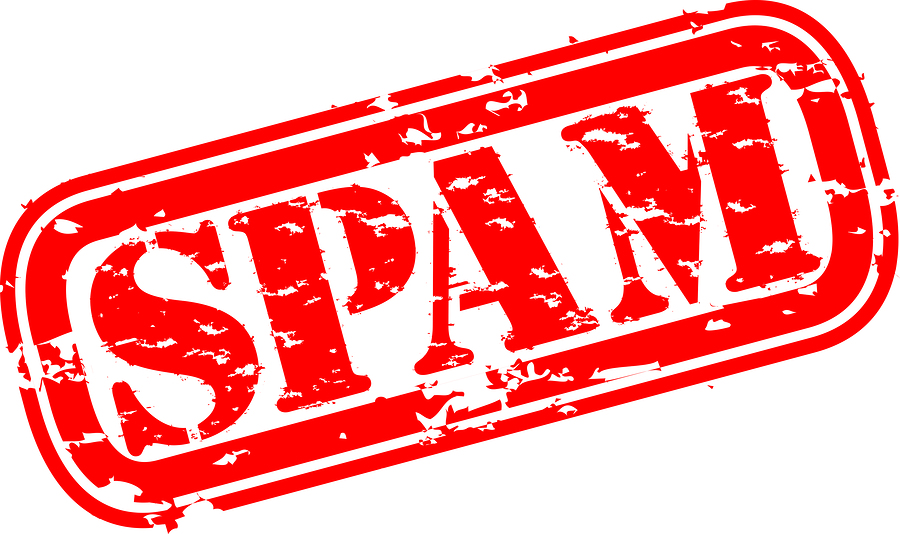-
Permission-based Marketing:
- Ensure that you have explicit permission from recipients before sending them emails. This helps in building a list of engaged and interested subscribers.
-
Use Double Opt-in:
- Implement a double opt-in process, where users confirm their subscription by clicking a verification link sent to their email. This helps ensure that the email addresses are valid and owned by the intended recipients.
-
Provide Clear Unsubscribe Options:
- Make it easy for users to opt-out of your emails. Include a clear and visible unsubscribe link in every email, and promptly honor unsubscribe requests.
-
Authenticate Your Emails:
- Use Sender Policy Framework (SPF), DomainKeys Identified Mail (DKIM), and Domain-based Message Authentication, Reporting, and Conformance (DMARC) to authenticate your emails. This helps in verifying that your emails are legitimate.
-
Avoid Spam Trigger Words:
- Refrain from using words and phrases commonly associated with spam in your email content. Words like "free," "urgent," or excessive use of exclamation marks can trigger spam filters.
-
Personalize Your Emails:
- Use the recipient's name and personalize your emails to make them more engaging and relevant. Avoid generic and impersonal content that might be flagged as spam.
-
Optimize Email Design and Formatting:
- Ensure your emails are well-designed and formatted properly. Avoid using overly large images, and balance the ratio of text to images. Too many images and little text can trigger spam filters.
-
Monitor Engagement Metrics:
- Keep an eye on metrics such as open rates, click-through rates, and bounce rates. High engagement signals to email providers that your content is wanted and valuable.
-
Regularly Clean Your Email List:
- Remove inactive or bouncing email addresses from your list regularly. Sending emails to inactive or invalid addresses can negatively impact your sender reputation.
-
Use a Reputable Email Service Provider (ESP):
- Choose a reliable ESP that follows best practices and has good relationships with ISPs. Reputable ESPs take steps to prevent spam and ensure high deliverability.
-
Test Before Sending:
- Before sending a large email campaign, test it by sending it to a small segment of your list. Monitor the results and adjust as needed before sending to the entire list.
By following these best practices, you can improve the chances of your emails reaching the inbox and reduce the risk of being marked as Spam Likely. Keep in mind that building and maintaining a positive sender reputation is an ongoing process.

